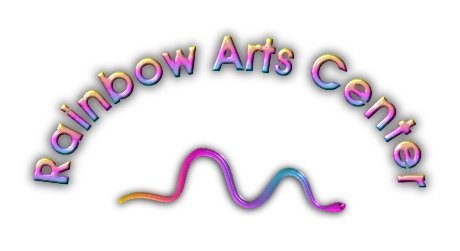For Connie
Livingston-Dunn, creating fractal art is "a spiritual garden"
where she "grows rainbows of colors."
A collection of her 38 digital collages and photographs are on
display in the Hopkinsville Community College auditorium gallery through
February.
By calculating fractal mathematical functions with a computer
program, the artist transforms the calculation results into still images
or other art media.
Formulas for the fractal geometry were developed by Gaston Julia and
Pierre Fatou in 1918. Benoit Mandelbrot is credited with the modern
development of fractal geometry in 1980, with the help of computers.
A Springfield, Tenn., resident, Livingston-Dunn became interested in
fractal art after she saw some fractals in a magazine about 20 years
ago.
"I fell in love with them," she said.
In the HCC exhibit, the collage entitled "Mexico Mitote"
features a mesh of Mayan temples and fractals.
"I liked the idea of combining the ancient with very modern
technology," she said.
Other pieces show a myriad of shapes, colors and patterns which
inspire the imagination.
In a narrative hanging with the exhibit, Livingston-Dunn said trees,
cauliflower and the human artery system are examples of self-repeating
fractals. For example, a tree branch has the same basic structure as the
whole tree, including the root structure and one tree is self similar to
another tree.
"As you zoom in on a fractal, you see more similar shapes,"
she said.
Since 1966, Livingston-Dunn has worked as an art and expressive
therapist. She received her doctorate in expressive therapy from the
National Institute of Expressive Therapy in Honolulu, Hawaii.
Listed in the Chicago Art Review, Livingston-Dunn has had her work
and an article published in "Working with Images: The Art of Art
Therapists."
Livingston-Dunn is an adjunct professor at Murray State University's
Hopkinsville campus and Austin Peay State University in Clarksville,
Tenn., and founder and director of the Rainbow Arts Center in Tennessee.
The artist said she hopes the community "perhaps sees the world
in a different way" when viewing her exhibit.
The exhibit is free and open to the public during the college
gallery's normal hours: Monday through Friday 7 a.m. to 9:30 p.m. and
beginning at 7 a.m. on Saturdays. The hours on Saturday may vary
according to HCC's schedule of events and activities.
Michele Carlton can be reached by telephone at 887-3235 or by
e-mail at mcarlton@kentuckynewera.com.
